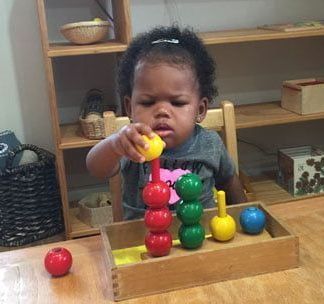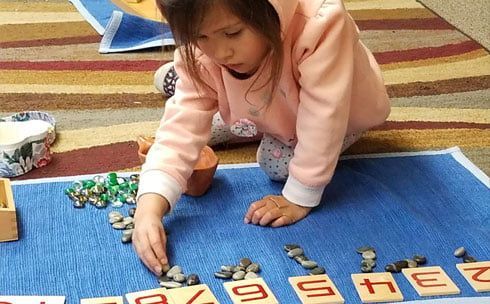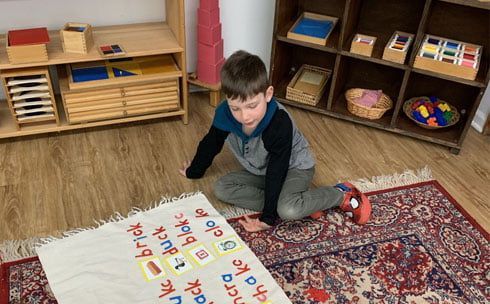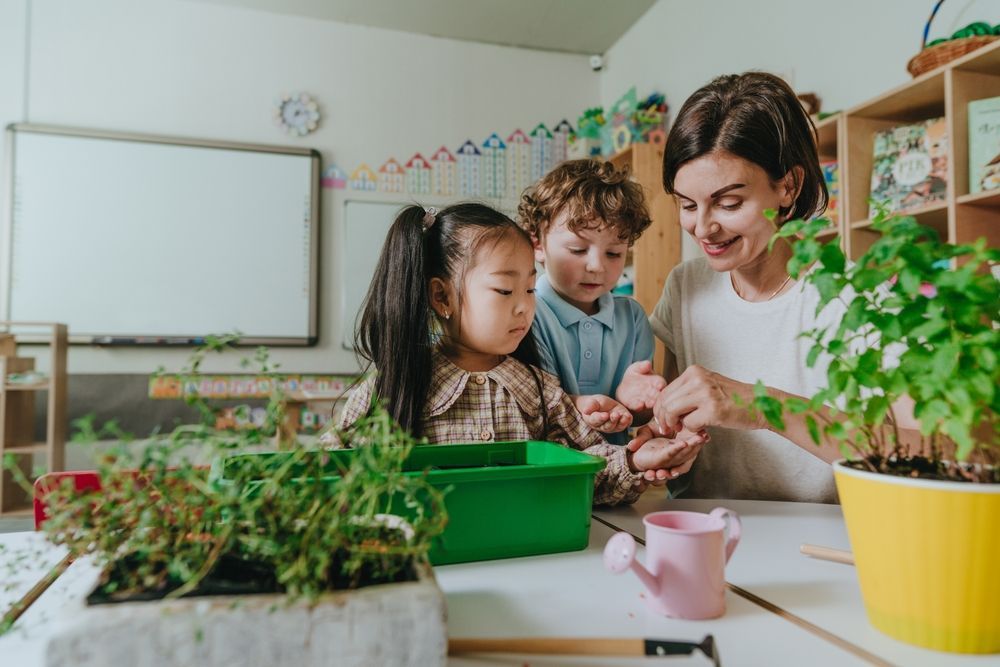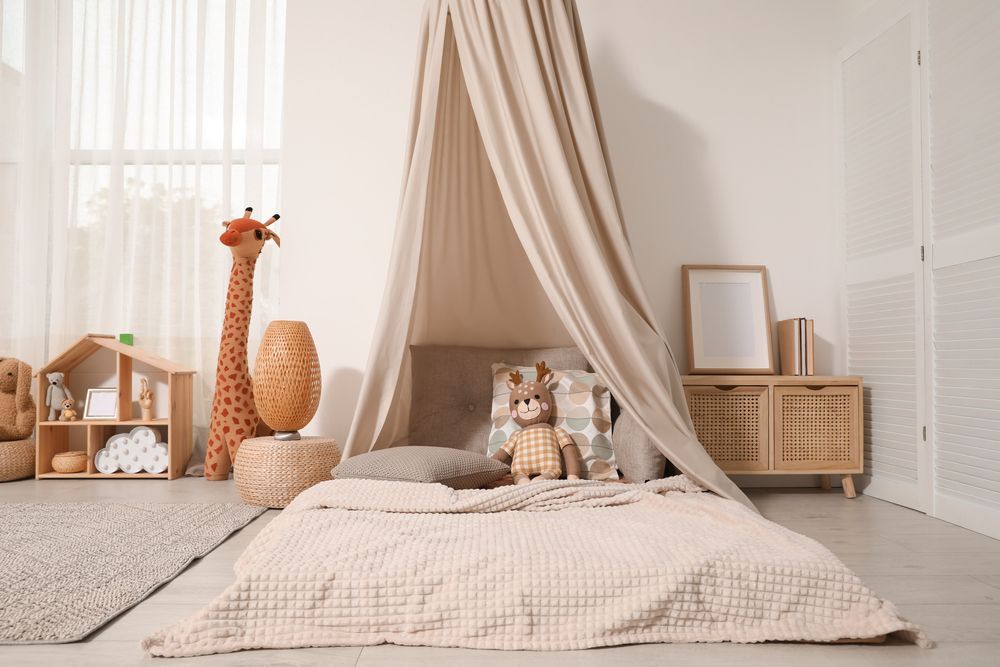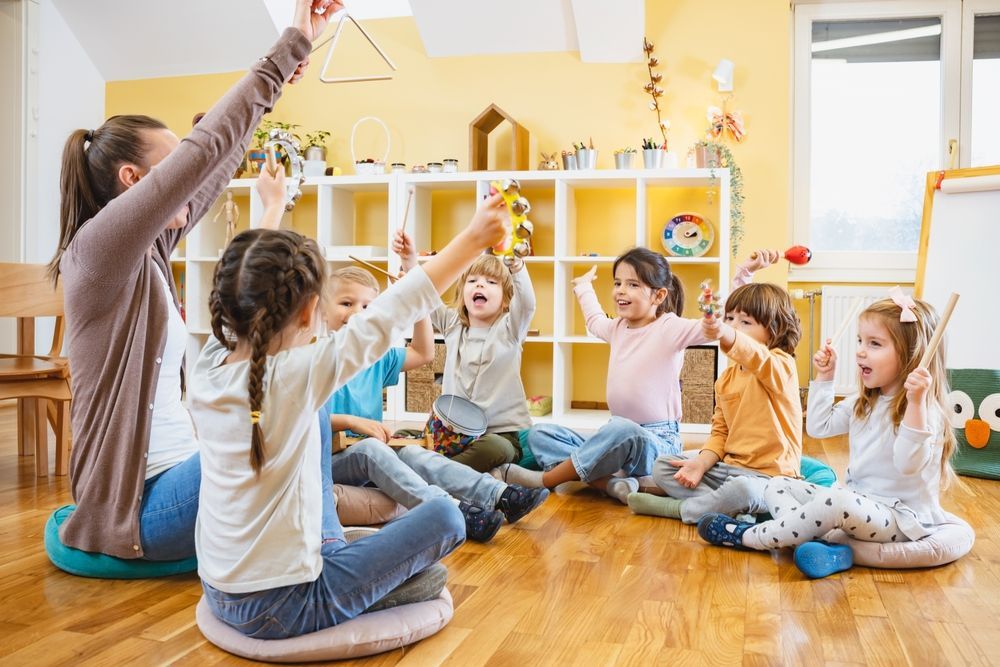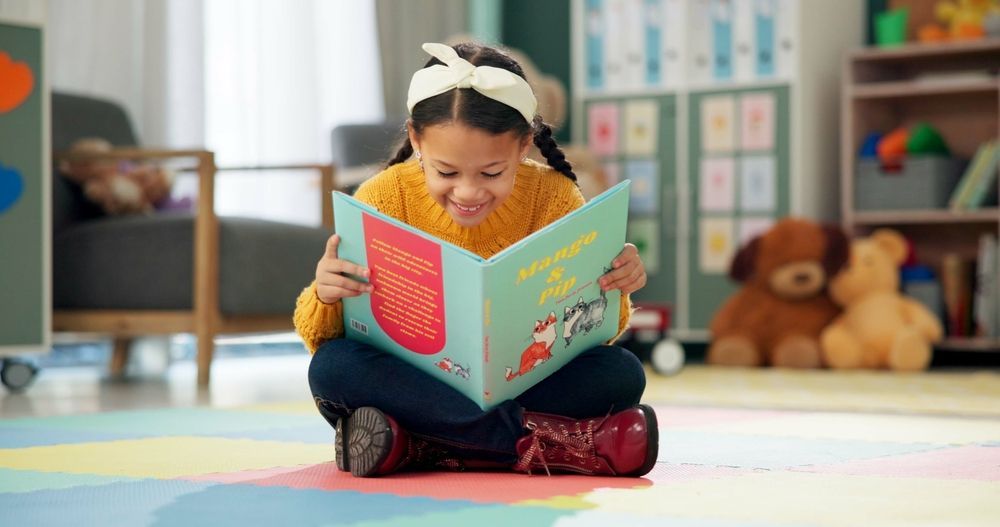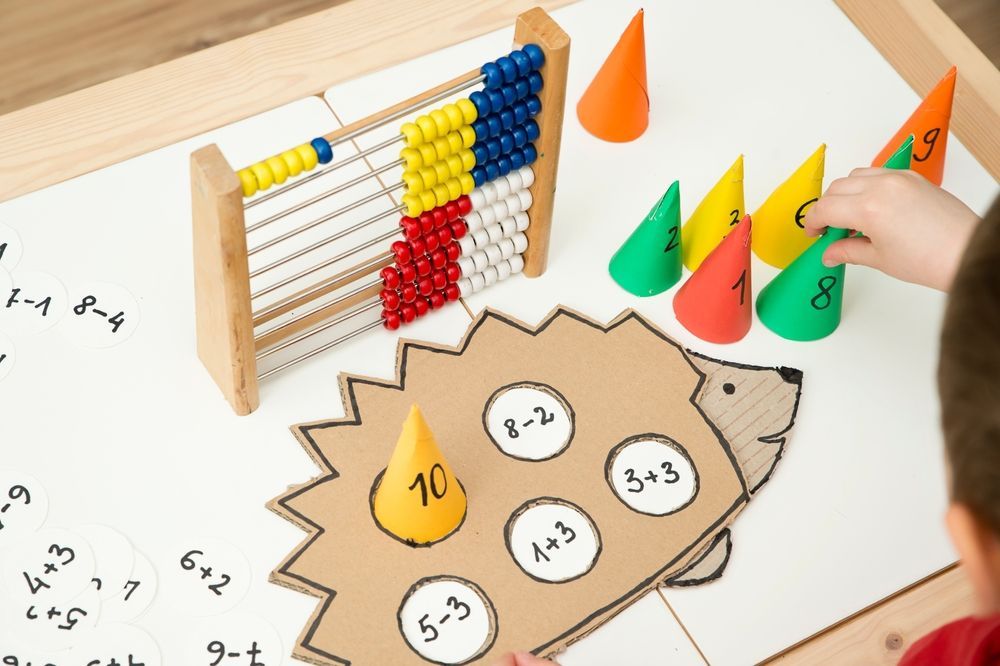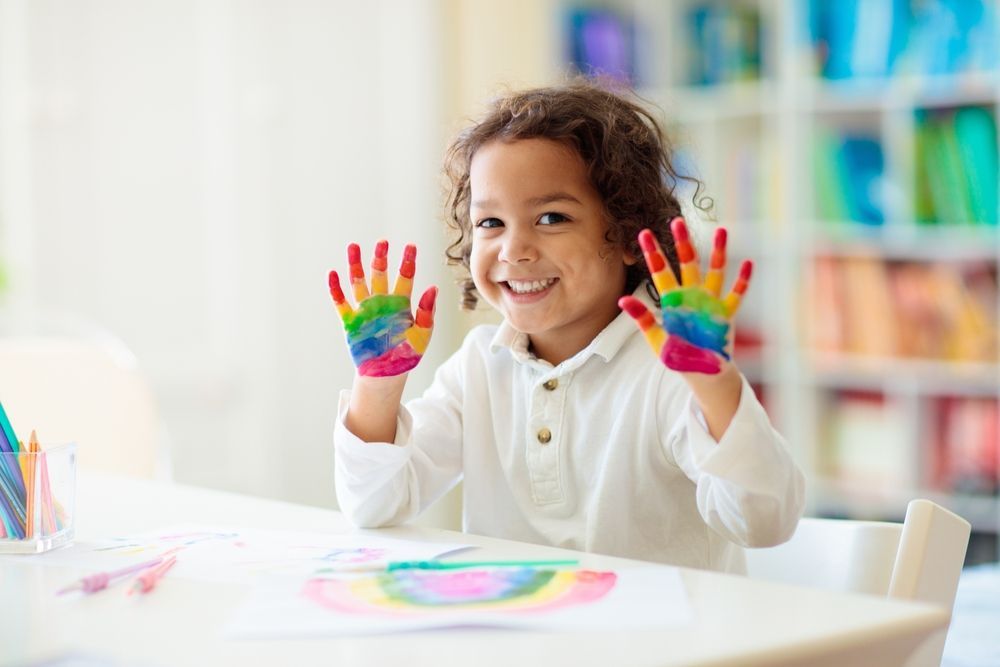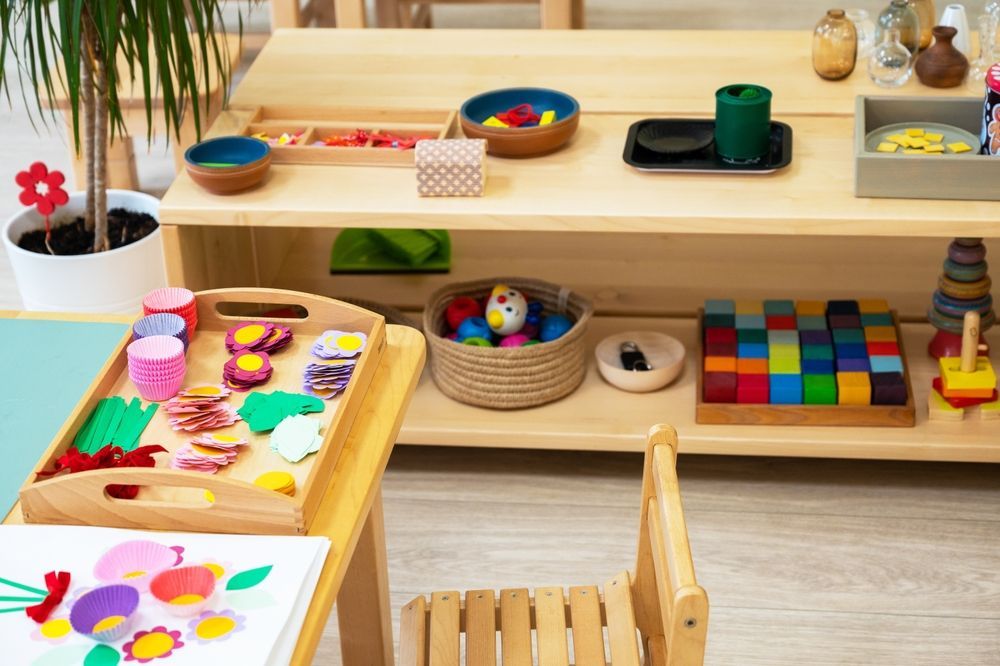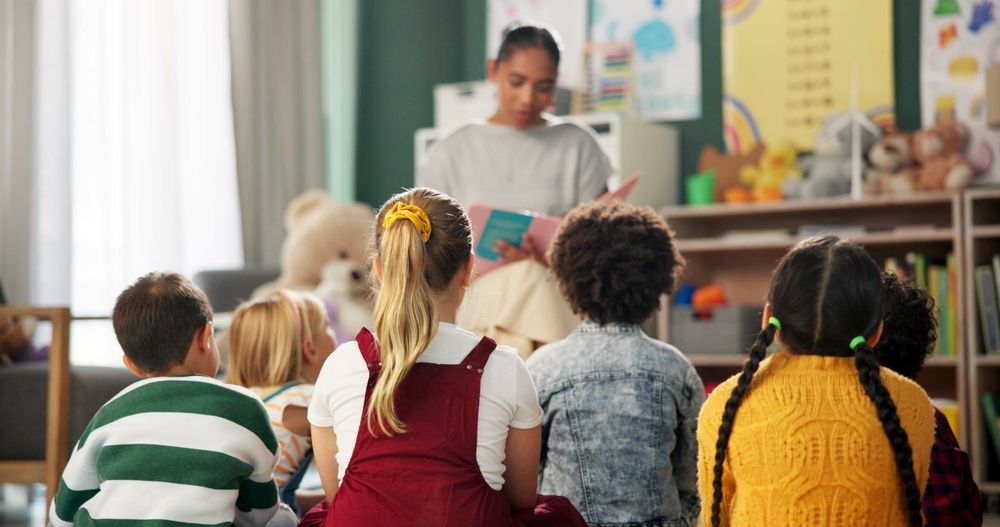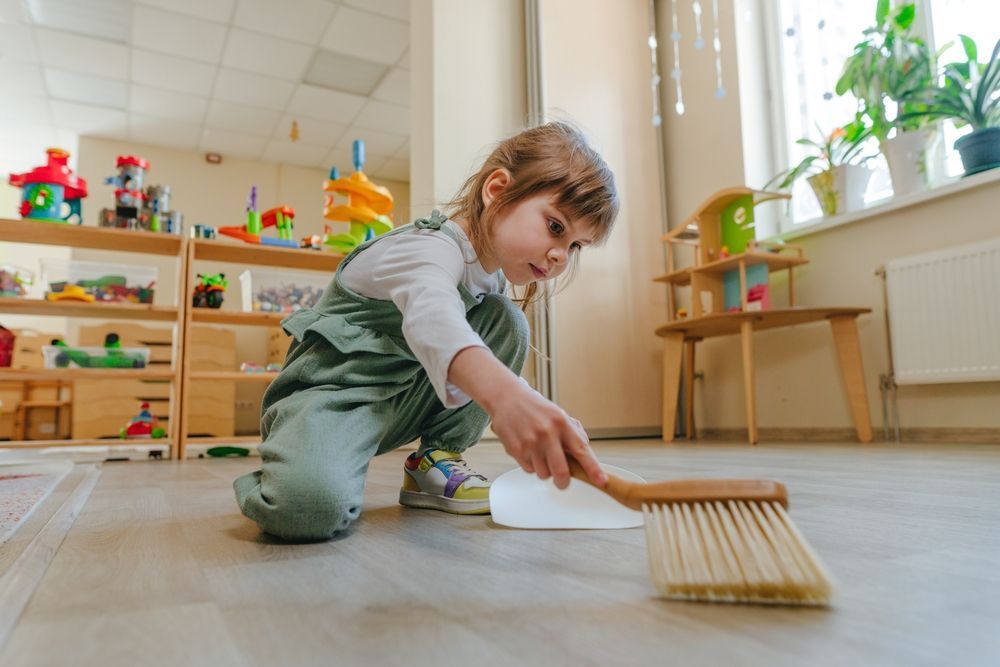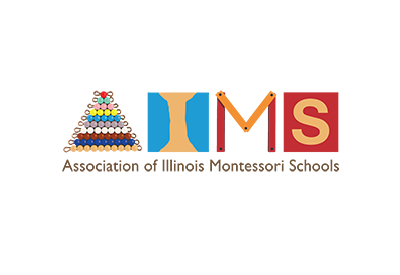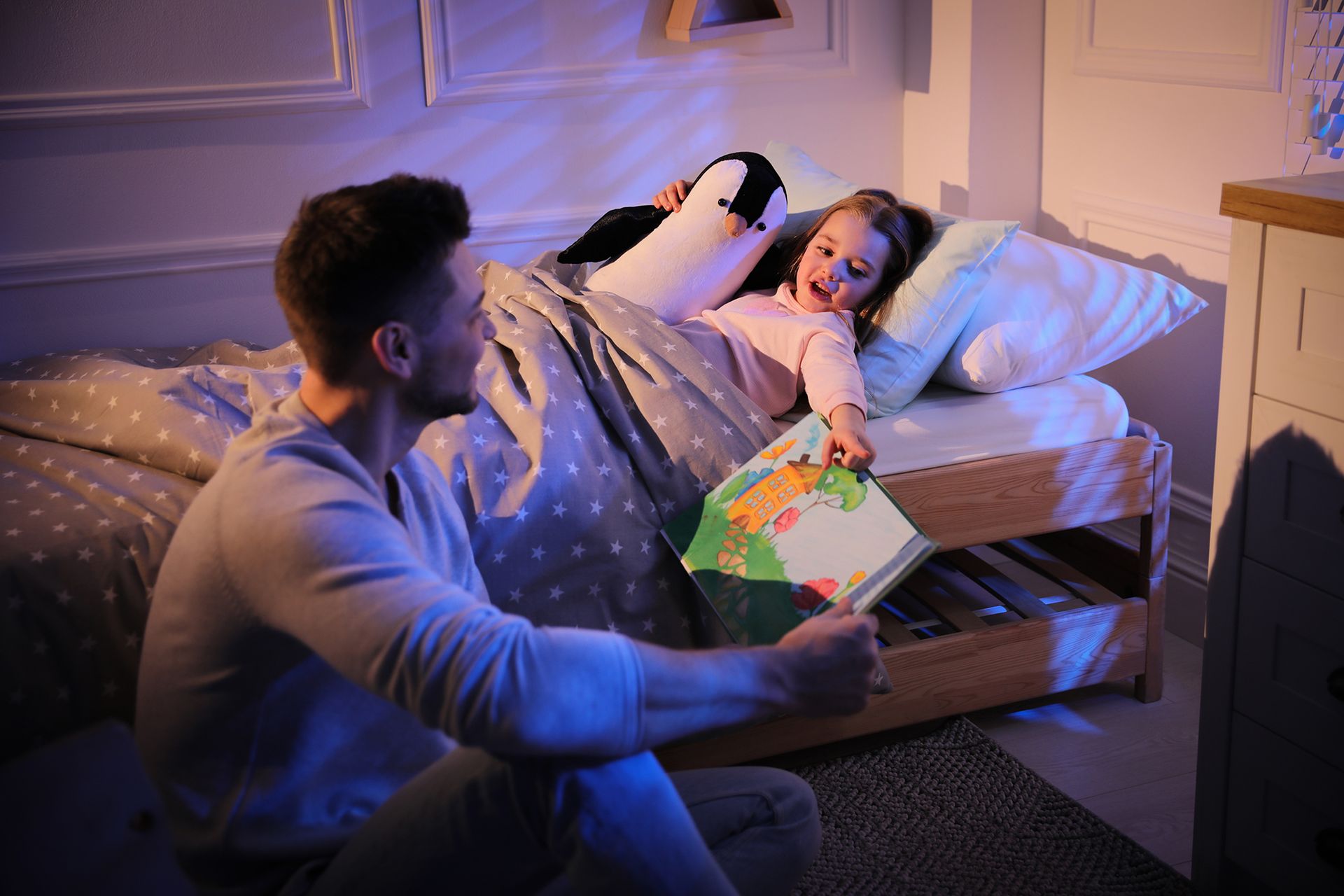
Sleep is critical to the development of all children and proper health management throughout life. For parents with a newborn, though, it may seem sleep is anything but accessible on those long nights. The Montessori sleep training method can offer a wide range of opportunities to help both parent and child sleep well at night.
Through the Montessori principles, it’s possible for parents to develop a method of putting their child to sleep at night that supports the goal of creating a confident, independent child.
The Different Methods of Sleep Training
Numerous methods of sleep training exist. Not all of them work well, and some of them work against the Montessori method .
Crying it Out Method
One strategy some people use is the crying out method, also known as the extinction method. It involves placing the baby into the crib and allowing them to fall asleep on their own. Even if your baby or toddler is awake and crying, they will wear themselves out and eventually fall asleep.
Chair Sleep Training Method
In this method, the same strategy as above is used. However, a parent is sitting in a chair next to the crib. The parent remains there until their newborn falls asleep but does not pick them up throughout the crying it out period. The belief is that the parent’s presence will aid the child in falling asleep on their own.
Bedtime Fading Method
In this method, the parent uses sleeping cues from the child to adjust the child’s sleeping schedule. The parent monitors the child’s sleeping patterns and adjusts the schedule based on the child’s sleeping methods. When the child becomes drowsy, they put the baby to bed. When the baby cries, the child is removed from the crib and attended to by the parent.
Graduated Extinction Method
This method, sometimes called the Ferber method for the person who developed it, encourages parents to check on the infant after various periods of crying. This method is particularly beneficial because it enables the child to learn how to self-soothe and teaches better behavior over time.
Pick Up and Put Down Method
This method involves a parent who waits a few minutes and then picks up a child who is crying. If the child is not settled down, the parent can pick up the child, soothe him or her for a period of time, and then put the child back down.
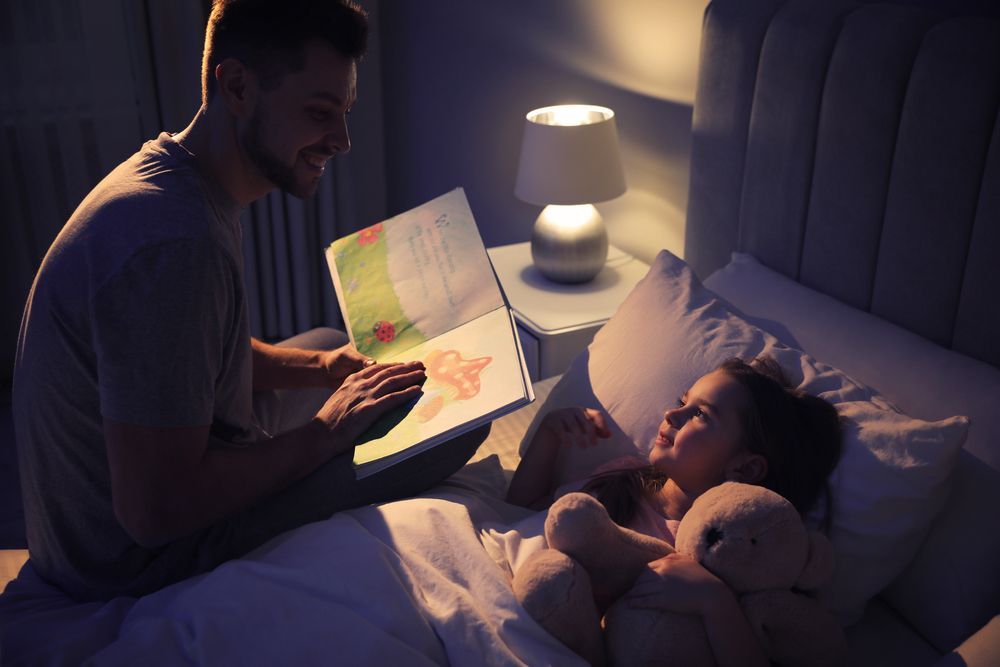
Montessori’s Approach to Sleep Training
Montessori education and learning overall focuses on encouraging children to explore their natural curiosities, but also to develop their own capabilities. The child is their own individual being, and their environment should be based specifically on the child’s natural interests. A child develops at their own pace, and, over time, they become independent at a young age. When considering the Montessori methods, sleep training – in any form – really does not fit with this belief and practice because it imposes and forces sleeping schedules that are not natural to the child.
So, then, what can you expect from the Montessori sleep training? Montessori does not require or encourage any specific sleep training method. There are several things parents can use as guidelines to help facilitate the process of getting a child to bed and help minimize the frustration that often comes with it.
First, the child’s cues and schedules should be followed whenever possible, meaning that a parent should pay attention to when their toddler becomes tired, looking for cues like yawning or irritability. Then, the use of a pre-bedtime routine can also help, which may include, for example, bathing, putting on PJs, reading, or feeding – whatever the child seems to need before heading into the evening hours.
Also notable is that the child should be drowsy but should still be awake when putting them to bed. This ultimately allows for the development of a strong routine in self-management of the child’s needs.
How Much Sleep Should Children Get?
Children need sleep, and the Montessori method encourages good health and intellectual development in all ways, mentally, emotionally, and physically. But how much time does a child need to sleep to perform well and maintain health? Consider the following guidelines:
- A child up to 3 months old: 14 to 17 hours of sleep each day
- A child 4 to 11 months old: 12 to 15 hours each day
- A child 1 to 2 years old: 10 to 13 hours of sleep each day
- A child between 3 and 5 years of age: 10 to 13
Beyond this point, the child’s sleep schedule should be determined by the child’s preferences and natural abilities and instincts. That is key to developing strong Montessori practices for children of all ages.
Putting in Place the Montessori Method of Supporting Good Sleep
There are a few more things a parent can do to help encourage a good night’s sleep. For example, the environment should be set for sleep, such as reducing any bright light. By contrast, when the child is in the room during the day, to encourage Montessori-style learning , make sure the room is lit well. Children should also not have screen time right before their bedtime, and collaborative calming activities can be used to help encourage the soothing process.
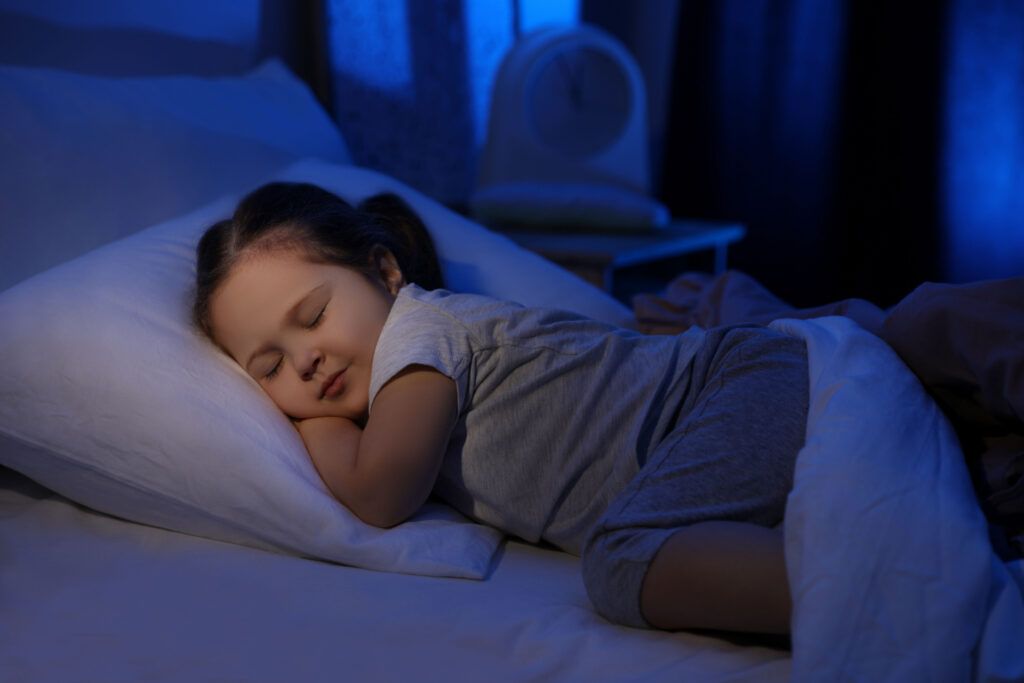
During day time play, parents can invest time with the child engaging in collaborative activities. This, along with plenty of rest throughout the day, can also encourage a child to be tired when it is time to go to bed.
While sleep training itself is not a direct component of the Montessori educational and learning process, it can be a core component of the process of helping to foster independence and intellect. The key here is for parents to explore their child's needs, whether they're newborns or toddlers, and encourage a positive sleep atmosphere with the right amount of support. Doing so can create an opportunity for children to get the sleep they need at night from a young age, but also to build those independent skills that are so important for a strong Montessori education foundation.
Forms, Policies, and Calendars | Website imagined & executed by RivalMind
